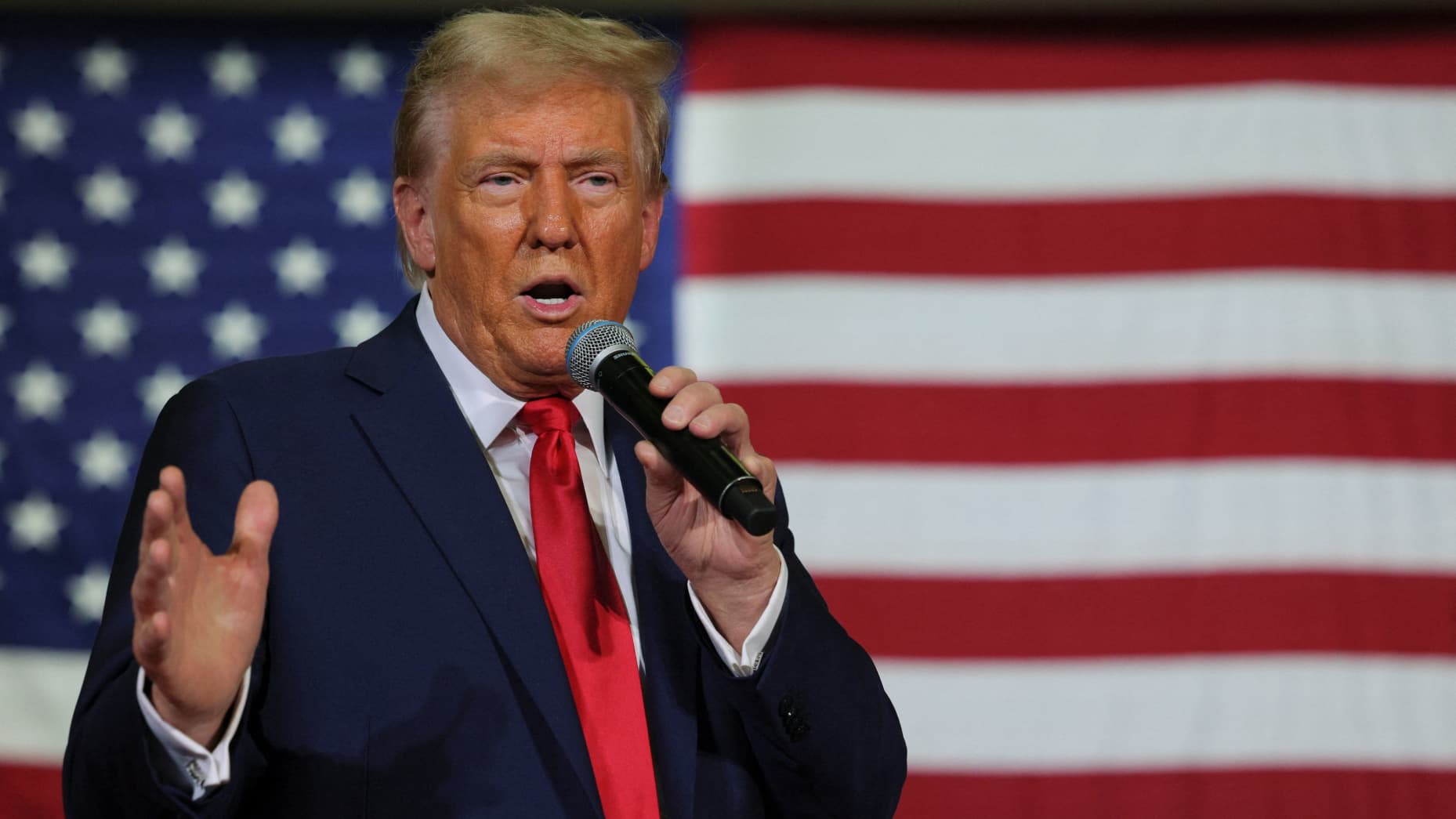U.S. President-elect Donald Trump announced plans to impose significant tariffs on goods from Mexico, Canada, and China starting January 20, the first day of his new administration. The proposed tariffs aim to address illegal immigration and drug trafficking, particularly fentanyl, which Trump labeled as a crisis.
In a post on his Truth Social platform, Trump stated, “On January 20th, as one of my many first Executive Orders, I will sign all necessary documents to charge Mexico and Canada a 25% Tariff on ALL products coming into the United States, and its ridiculous Open Borders.” He added that these tariffs would remain until illegal drugs and immigration were under control, urging America’s neighbors to address the issue.
Tariffs on China for Drug Control
Trump also announced higher tariffs on Chinese imports, adding a 10% increase to any existing tariffs. The president-elect claimed that despite discussions, China had failed to curb the flow of drugs, particularly fentanyl, into the U.S. He alleged that Chinese officials promised to execute drug traffickers but did not follow through.
In response, Chinese Embassy spokesperson Liu Pengyu stated, “The idea of China knowingly allowing fentanyl precursors to flow into the United States runs completely counter to facts and reality.” Liu reiterated that China and the U.S. have cooperated on counternarcotics and emphasized that trade wars harm both nations.
Canadian and Mexican Responses
Canadian officials emphasized the importance of border security and energy cooperation in a joint statement by Deputy Prime Minister Chrystia Freeland and Public Safety Minister Dominic LeBlanc. They pledged to continue discussions with the incoming administration.
Mexico’s government has yet to respond officially, while the Mexican peso dropped 2% against the U.S. dollar following the announcement.
Economic Impacts and Criticism
Economists warn that the proposed tariffs could disrupt supply chains, raise prices, and hurt American industries reliant on imports from these trading partners. Following Trump’s announcement, the Canadian dollar fell 1.2% against the U.S. dollar, while U.S. stock futures dipped, with Dow, Nasdaq, and S&P 500 futures all declining by 0.3–0.4%.
America’s Trade Dependence
The U.S. heavily relies on imports from Mexico, Canada, and China. Canada supplies record levels of oil, as well as cars, machinery, and wood products. Mexico provides cars, electronics, machinery, and furniture, having surpassed China as the top U.S. trade partner in 2023. From China, the U.S. imports significant quantities of electronics, machinery, toys, and furniture.
During Trump’s first term, tariffs were imposed on $380 billion worth of goods, including steel, aluminum, and consumer items. Many imports from Canada and Mexico are currently tariff-exempt under the USMCA trade agreement, which Trump has celebrated as a key achievement of his presidency.
The Challenge of Tariffs
Tariffs act as a tax on imports, with costs passed to American consumers. Economists largely agree tariffs are inflationary. The Peterson Institute for International Economics estimated that Trump’s proposed tariffs could cost the average U.S. household over $2,600 annually.
While Trump plans gradual implementation to mitigate inflationary effects, retaliatory actions from affected nations could trigger trade wars. During Trump’s first term, such retaliations dampened the impact of tariffs on U.S. manufacturing by reducing overseas demand.
Trump’s Broader Tariff Strategy
Looking ahead, Trump has proposed tariffs as high as 60% on Chinese goods and across-the-board tariffs of 10–20% on all other imports. These measures are intended to bolster domestic manufacturing and close revenue gaps created by tax cuts.






